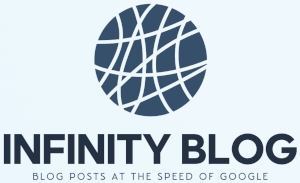
Effective Learning Strategies for Students with Disabilities
Ensuring that students with disabilities have access to effective learning strategies is essential for promoting academic success and fostering an inclusive classroom environment. These strategies are designed to address diverse needs and provide support tailored to individual learning styles.
Understanding disabilities is the first step toward developing effective teaching techniques. Disabilities can vary widely, including physical, sensory, cognitive, or emotional challenges. Recognizing these differences allows educators and caregivers to implement appropriate accommodations and modifications.
Key Learning Strategies
- Use Visual Aids: Incorporating charts, diagrams, and images can help students better understand complex concepts. Visual aids enhance memory retention and make learning more engaging.
- Implement Assistive Technologies: Tools such as speech-to-text software, audio books, and specialized applications can support reading and writing skills for students with disabilities.
- Break Tasks into Smaller Steps: Dividing assignments into manageable parts can prevent overwhelm and promote a sense of achievement.
- Provide Clear Instructions: Use simple language and provide instructions both verbally and in writing to ensure understanding.
- Encourage Self-Advocacy: Teach students to recognize their needs and seek appropriate support when necessary.
Creating Inclusive Learning Environments
Establishing a welcoming and accommodating classroom is vital. Collaboration with special education professionals and families can help tailor strategies that meet each student's unique needs. Additionally, fostering peer support and understanding promotes a positive learning community.
For more insights, visit our resource guide on supporting students with disabilities.
